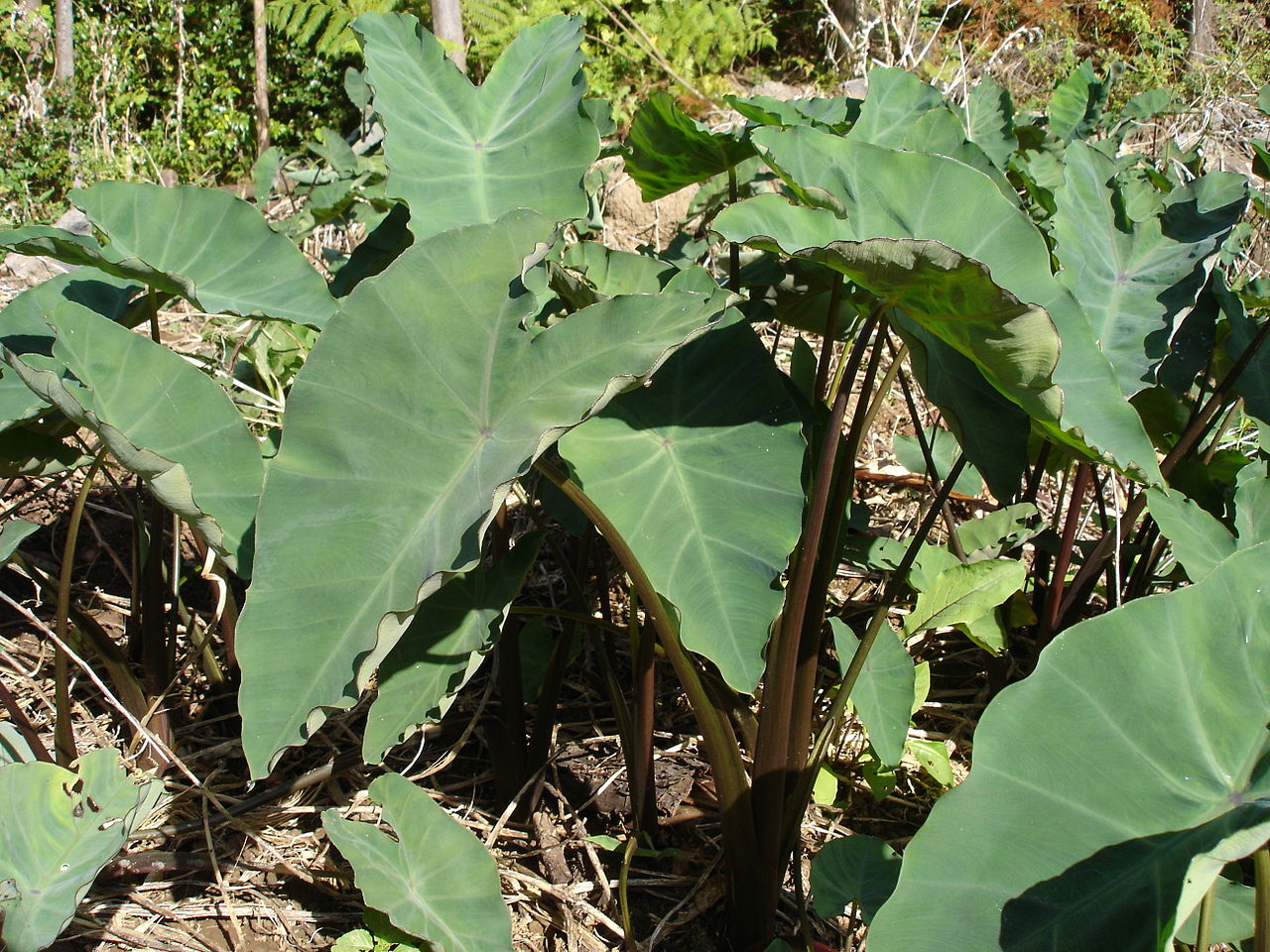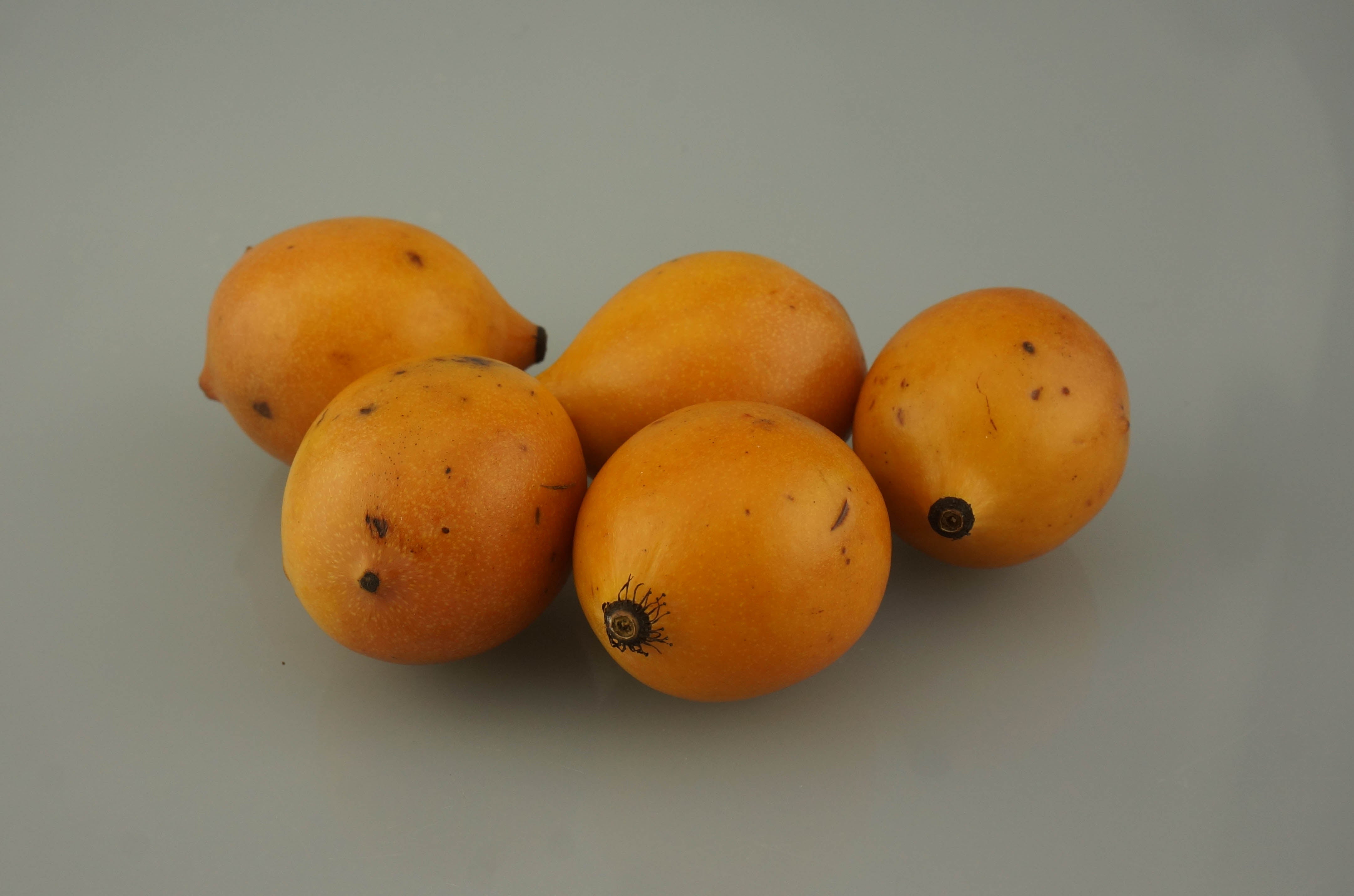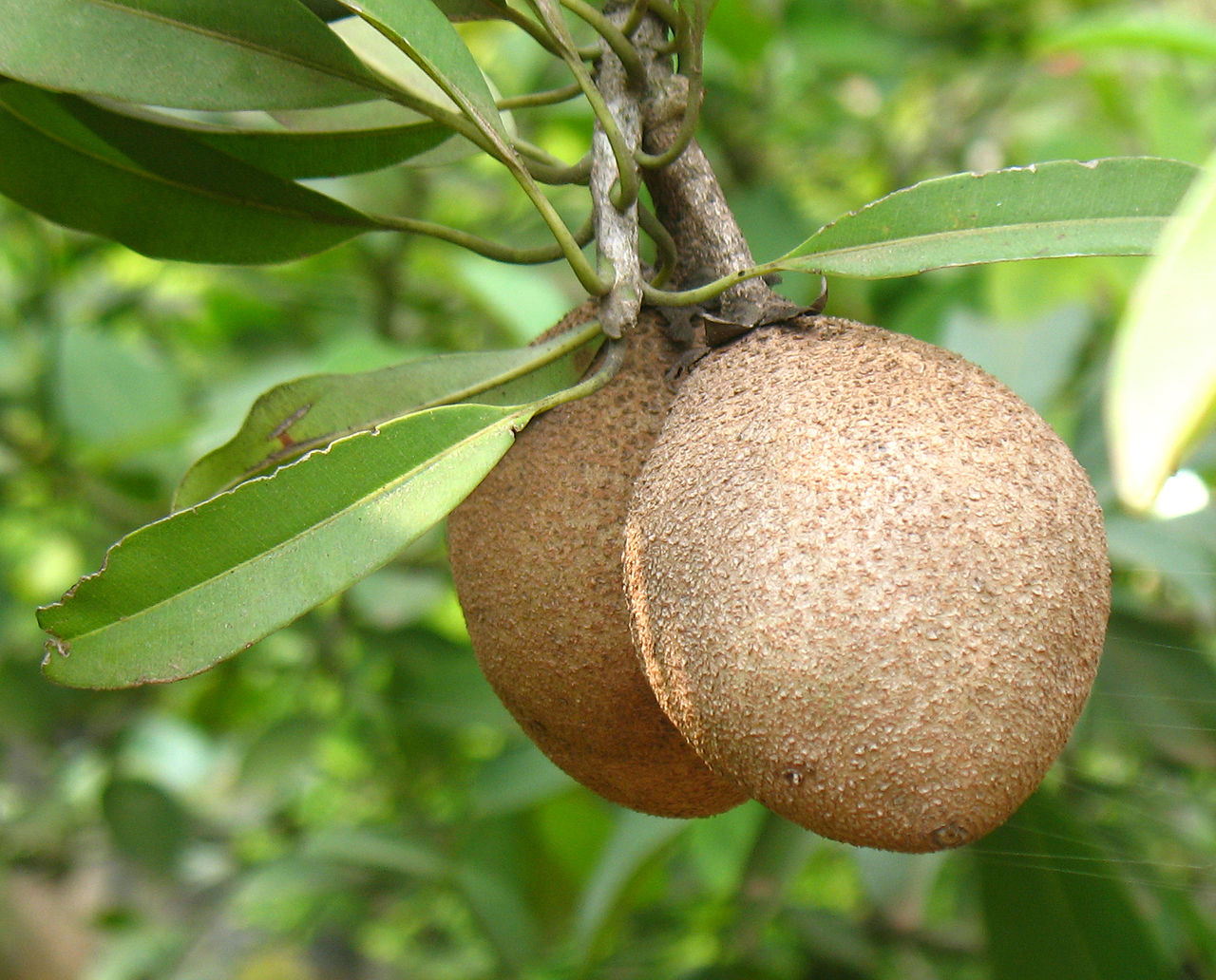
Tropical Wild Edibles - Taro - A yam like tuber
Botanical name: Colocasia esculenta
Common names: Taro, Kalo, Dasheen, Madhumbe, Marope, Magogoya, Patra, Godere

Physical Appearance: A perennial tropical plant which is cultivated as a root vegetable for its edible corm, which is very high in starch. Its leaves can grow up to quite a large size 40 x 20 cm. The leaves are generally dark green above and a lighter green beneath. They are triangular-ovate with rounded basal lobes. The petiole grows up to 1.2 metres in length.


Habitat and distribution: Thought to have been originally native to the wetlands of Malaysia, the taro is now thought of as one of the most common cultivars in the world today. The taro is one of the few crops that can be grown on over saturated (or even flooded) wetlands, similar to rice. This makes it a good choice for agricultural areas prone to flooding. To this day it is a staple food in many parts of Africa, South Asia and Oceania. Currently, Nigeria is the world’s biggest producer of taro at around 3.3 million tons per year.

Point of interest: One of the oldest cultivated crops known to man. There is good evidence to suggest that Taro has been a crop for nearly 10,000 or even more (potentially up to 30,000), years. In modern cultures, the taro is used in a similar capacity to yams as it is a great source of carbohydrates.

Photos courtesy of
Thierry Caro assumed (based on copyright claims)., CC BY-SA 2.5 <https://creativecommons.org/licenses/by-sa/2.5>, via Wikimedia Commons
Cleombroetus via Wikipedia
Wildfeuer via Wikipedia CC BY 2.5
Wibowo Djatmiko
Tim Evanson


